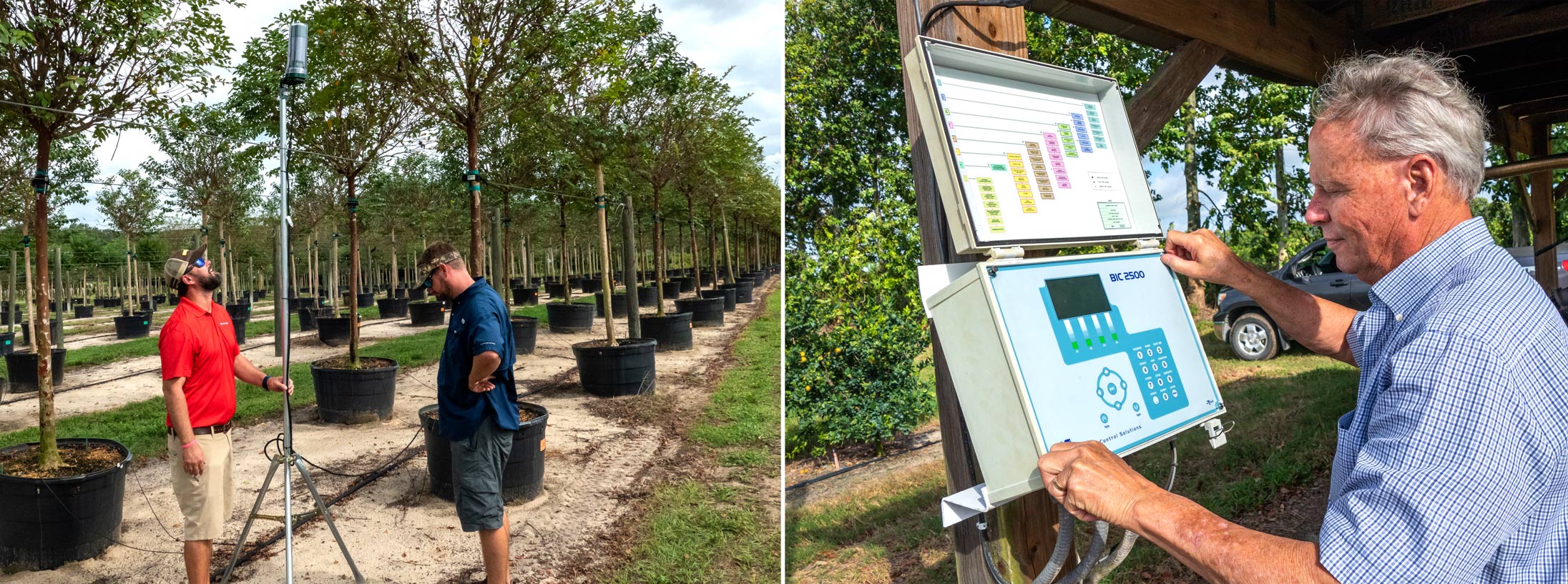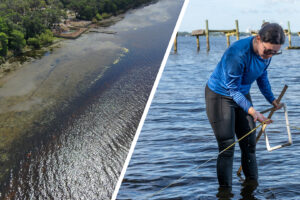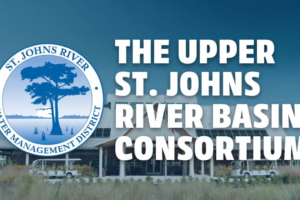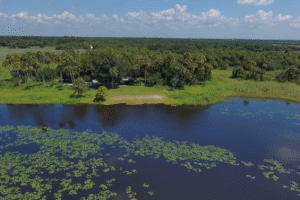District agriculture cost-share funding promotes water
protection, conservation
Aug. 13, 2020

The St. Johns River Water Management District is charged with protecting Florida’s water resources, but it takes the help of many partners and individuals to successfully put our core missions into action. One example is our work with the region’s agricultural community.
With $16 million in cost-share funding from the District to date, plus technical assistance from our experts, Ag is improving water conservation and water quality efforts.
Since the District’s Agricultural Cost-share Program began in 2015, it’s estimated that improved fertilizer practices have reduced annual total nitrogen loading by 231,092 pounds and annual total phosphorus loading by 33,471 pounds. In addition, the program has saved approximately 11 million gallons per day of water.
Water quality improvement efforts benefit our region’s waterways by reducing impacts from excess nutrients that contribute to harmful algal blooms. Growers have reported up to 40 percent reductions in the amount of nutrients (fertilizer) used in their operations simply by improving their fertilizer placement (on or near the root zone or directly on the leaves). Dry fertilizer application equipment to improve root zone targeting includes banders and Y-drops. Banders are often used in bedded row crops as an alternative to broadcast spreaders, placing the fertilizer right where the plant will be growing rather than the space between rows. Y-drops use hoses that drag along the ground and deposit the fertilizer at the base of the plant. Newer tree sensing technology places liquid fertilizer right on the leaves and only where a tree is located. This is useful in ornamental tree nurseries where tree shape varies, and in citrus groves where “greening” (a disease impairing a tree’s ability to take up nutrients) has caused tree deaths.
The use of technology is also at the heart of many other successful Ag cost-share projects supported by the District, such as those employing soil grid mapping and variable rate fertilizer application to reduce nutrient use. Typically, soil samples are taken from various spots in a field and mixed to come up with a blanket “nutrient prescription.” With soil grid sampling, each unique soil sample is marked with a GPS location. Samples are sent to a lab for an analysis, then a flash drive is inserted into a controller on the tractor. This prompts the fertilizer spreader to put out just the right amount of nutrient for each portion of the field.
On the water conservation side, water savings have been realized through irrigation system retrofits, soil moisture and climate sensor technology, rainwater harvesting, sub-irrigation tile, tailwater recovery and reuse. We have also helped support several pump automation projects where soil moisture sensors are used to communicate with irrigation pump controllers. When the soil reaches the desired moisture level, the pumps automatically turn off. Growers are even able to control irrigation systems from a smartphone, giving them control anytime, anywhere.
We recently launched our latest application for Ag cost-share funding and invite submissions from farmers, ranchers and growers now through Sept. 8, 2020. Learn more about this valuable opportunity to benefit your operations while helping us protect our precious water resources at www.sjrwmd.com/funding.





